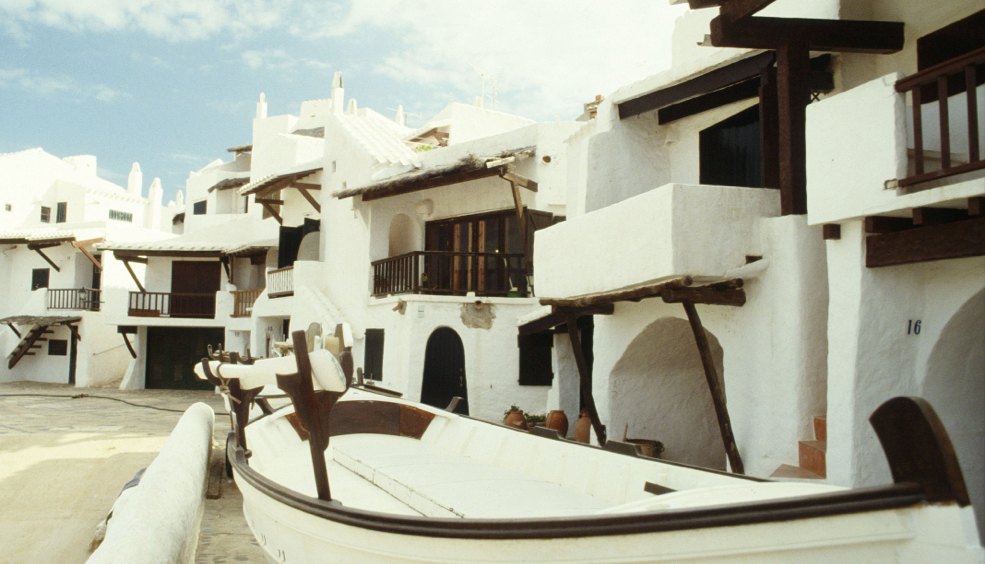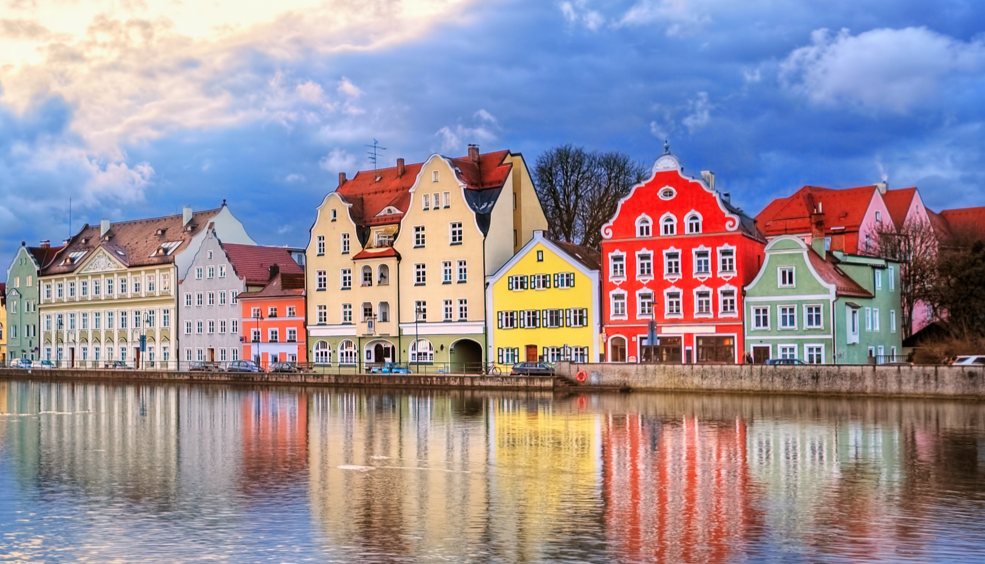Customs and traditions
Palermo is an open air museum; the different architectural styles intermingle through its streets as if it were a history book . This great artistic legacy is the visible testimony to the influences of the various cultures that have lived in it.
Quattro Canti, the epicenter of Palermo’s historic center, is an octagonal square formed by the intersection of two major roads: Vittorio Emanuele and Via Maqueda, which are surrounded by four identical facades adorned with baroque sculptures. The seventeenth century square is also called Il Teatro del sole, since the sun gradually illuminates each part of the square thoughout the day. The four fountains in the square point to the four historic districts: Kalsa to the southeast, Amalfitania to the northeast and Sincaldi Albergheria to the northwest and southwest.
The beauty of this city lies within the chaotic streets, particularly in the Capo district. It is one of the oldest areas of Palermo, and houses a maze of rocks and semi-destroyed churches.The Capo District is an abandoned, quiet location in the center, away from the chaotic and noisy traffic.
Some aspects to consider in Palermo
In the Antica Focacceria .S Francesco, established in 1834, you can taste the rich palermitana gastronomy. Specialties include the "panino meusa", a sandwich made of boiled spleen, lung and liver of bezerro, and the "arancini", an emblem of Sicilian gastronomy. It´s said to be the first local town who refused to pay the "pizzo", a tax that businesses have to give the mafia. Another great place to try the local cuisine is the Vuccira market .Here you can buy fresh produce, eat typical fried food, such as croquettes, fried vegetables, or fried fish, and visit stalls offering the usual panini.
The Opera of Pupi, marionettes consisting of three Sicilian threads representing chivalrous fights, is one of the Sicilian traditions. To learn about the Sicilian puppet theater workshop, which has been a way of life for generations for this family, visit the Cuticchio on Via Bara all'Olivera to admire the collection dating back to the early nineteenth century. To this day, the workshop displays musical instruments, puppets and essence machinery. The Cuticchio is magical! Or visit the Museum of Antonio Pasqualino 4000, which houses a collection of puppets from around the world.
Another great custom is Sicilians coffee, which is always accompanied by a glass of water and ordered at the bar. Keep in mind that ordering table service may increase the cost by 50%.
Finally, a curiosity we discovered in the award-winning documentary "Metal: A Headbanger's Journey" is a typical hand gesture in the shape of horns, called "malocchio". The documentary explains the origin of this superstitious gesture which is typical amongst older Sicilian women in the street in order to avoid the evil eye. Heavy metal fans started making this gesture in concerts after it was introduced by Ronnie James DIO.
A place well worth discovering! Check out our flights here.
more infoThe exotic sweets from Algiers
Algerian cuisine has being influenced by many cultures. For hundreds of years, Berbers, Arabs, Turks, Romans, French and Spanish have contributed to create an eclectic gastronomy by mixing flavours and scents.
Their exotic sweets surround you with a flavour that takes you to exotic places from One Thousand and One Nights, with a great variety beautifully presented. Vivid colours sweets with precisely detailed ornaments, often made of almonds, pistachios, walnuts and hazelnuts, flavoured with orange blossom water and sweeten with honey or fruit pulp.
Among the most popular cakes, you should try makroud, samsa, hrisa, sfenj or halwa cookies, usually served with a cup of green tea and mint, one of the most consumed beverages in the country.
Algeria is, along with Tunisia, one of the largest producers of dates, specially deglet nour variety, soft, translucent light touch and smooth, like honey flavour that is grown mainly in the provinces of Algeria Biskra, at Tolga and M'Chouneche oasis, served to elaborate different sweets. Between both countries, they produce 90% exports of its kind. Algerians are also the largest consumers of honey in the world, which is not surprising, since almost all their sweets contain this liquid gold.
Qualb bel louz is a speciality from North Algeria and the name means “almond hearth”, highly consumed during Ramadan nights, along with mint tea or coffee. It’s made of semolina, almonds, orange fragrance and bathed in honey syrup.
Makroud is another typical dish from the Algerian gastronomy. This sweet is made also of a semolina base filled with date paste, cut on shaped diamonds or triangles to be fried and bathed in syrup. You'll find it in thousands different colours and varieties.
Among this delicious Eastern food, you should also try Samsa, an old and traditional Algerian sweet made of triangular layers of brick mass filled with almonds and sprinkled with sesame seeds. Or sweeten with ghribia, a round cake prepared with flour, sugar and cinnamon just flavouring or orange peel and lemon.
M'halbi is one of the most habitual desserts. It’s fresh and creamy, with a unique decoration of brown drawings made with cinnamon powder. El zlabia, which most popular version is Boufarik, was made after the carelessness of a bakery apprentice who couldn’t remember well the recipe.
Baklawa, originally from Turkey, is consumed in the Middle East. They are cupcakes made of nut paste and thin pastry, bathed in syrup or honey to finally incorporate any kind of nut. They can be a bit cloying, but certainly with an exotic and delicious flavour.
With all these recipes, we can assure you a sweet flavoured trip with you visit Algeria.
Picture ghribia by Waran18 | picture griouche by Arnaud25 | picture makrout by Latyyy
A place well worth discovering! Check out our flights here.
more infoSo much more than beaches: culture and cuisine in Menorca
There’s so much more to Menorca than just idyllic beaches, fishing villages and charming paths by the sea. The island offers amazing food and a busy cultural programme throughout the year.
more infoFIVE OFFBEAT WEEKEND DESTINATIONS (FOR SOMETHING DIFFERENT)
Looking for a different kind of destination to get away? Keen to discover somewhere new? Pack your bag and head to these cities which you've probably never visited.
more info




